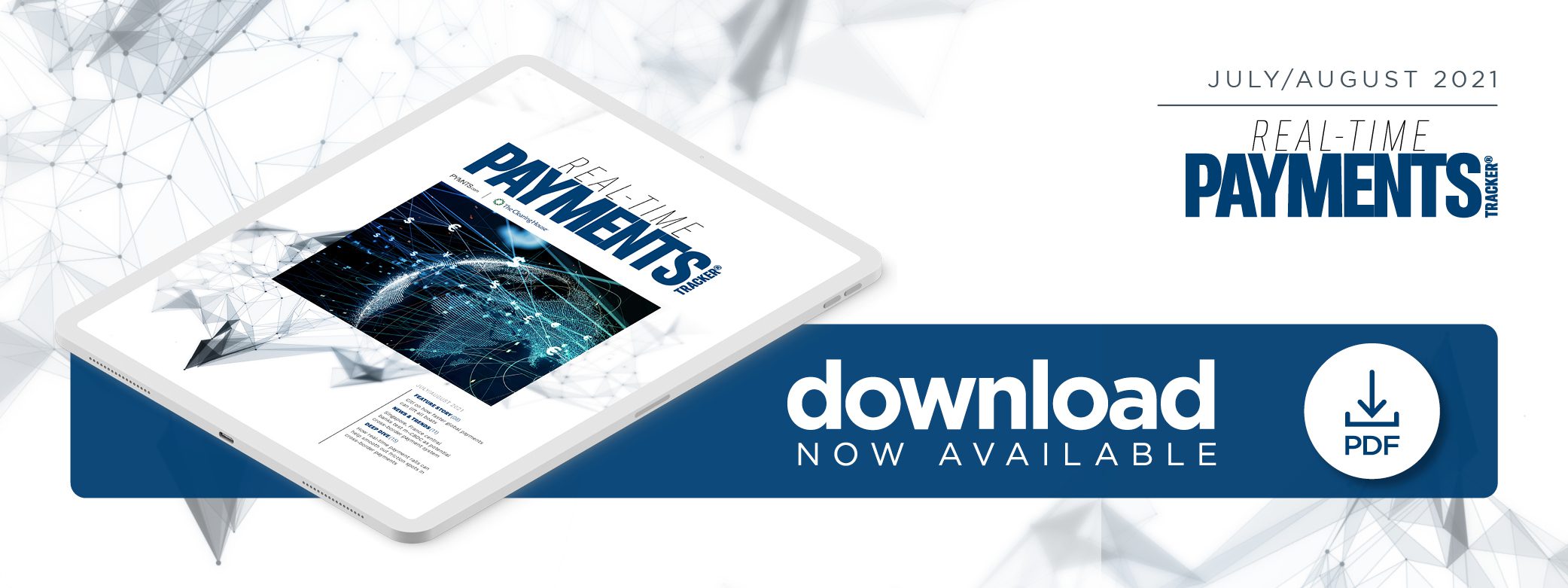Deep Dive: Why The Future Of Global Comm erce Rests On Real-Time Payment Rails

Legacy cross-border payment systems are not just falling behind their more innovative counterparts: They are effectively adding a headwind for the businesses forced to use them. Industry pressures appear to be making real-time payment systems inevitable, however.
More than $27 trillion worth of international payments worked their way through the global cross-border payment system in 2020 — and that was a slow year. That number is expected to exceed $35 trillion by the end of 2022, but the outdated systems that carry the bulk of these transactions result in untold delays and inefficiencies as well as concerns about fraud and data security. Problems with the existing cross-border payment system will only get worse as the global economy becomes more connected. This growing realization is leading to more calls for large-scale implementation of real-time payment networks.
The following Deep Dive examines the frictions that are forcing a transformation of cross-border payments across the global financial ecosystem and how real-time payment rails can bridge these hurdles.
Forces driving real-time payments
The speed of commerce keeps accelerating — except when it comes to businesses getting paid by international customers. Consumers can use smartphones to make real-time payments or transfer money instantly to family and friends via mobile app, yet the B2B cross-border payment system still takes days or even weeks to process transactions.
U.S. and U.K. businesses wait an average of 32 days to receive cross-border business payments, according to a PYMNTS report — 55 percent longer than if the same transactions were made domestically. That makes 10 extra days when a business cannot reconcile its books or pay its own vendors and employees.
The reason for these delays is obvious yet complex to fix. The legacy systems that process most of these transactions rely on a patchwork of outdated, inefficient networks that prevent the adoption of straight-through payment capabilities. Instead, each transaction typically needs to navigate multiple layers of financial bureaucracy on both sides of the border. The lack of uniform standards and interoperability results in a manual-heavy process, similar to a network of freight rail lines that uses different-gauge rails, requiring yard workers to continually load and unload rail cars at every junction. Any hiccup in the process — from a typo in a supporting document to a federal compliance check — can lengthen the processing timeline unbearably.
Delays and inefficiencies are just a couple of the problems that corporate treasurers identify with cross-border payments. Nearly 55 percent of businesses say they worry about both fraud and data security when receiving international payments. The fees associated with each transactional step also eat into operating revenue. One PYMNTS study found that the average travel company spends 3.2 percent of its annual sales revenue managing payments and processing costs, for example. This represents significant value, considering that the global travel industry exceeded $432 billion last year.
Eighty-three percent of companies made a cross-border payment in 2020, up 10 percent over 2019, and more than half of U.S. companies surveyed said they are concerned about the length of time it takes to receive payments from international customers. Delayed payments can have ripple effects across the economy. Businesses may put off ordering supplies or delay fulfilling services until overdue payments are received, for example.
Businesses are not the only ones feeling the money crunch from cross-border payment delays, however. The rise of the gig economy has left many contract workers waiting for needed payments. One estimate predicts the value of gig employee transactions to grow 17 percent annually over the next couple of years, and, with gig workers making only 58 percent of their full-time peers’ incomes, speedy payments are increasingly in demand. A survey found that 65 percent of gig workers were forced to dip into their savings when payments were late, and 48 percent simply put off paying their bills altogether.
There are also equity concerns with traditional bank-based payment models. Nearly 99 percent of consumers in the U.K. and Germany have access to bank accounts, but only about 37 percent of those in Mexico can say the same, with more consumers in that country having access to smartphones and online payment apps instead. The message from businesses to FIs is clear when it comes to cross-border payments: Get faster, get smoother, get cheaper — or risk losing your share of a $30 trillion-plus industry.
Real-time payments in practice
Completely rebuilding existing legacy systems may not be feasible, but some organizations are trying to upgrade them as much as possible. Payments giant SWIFT, which handles 60 percent of all cross-border payments, will roll out a new standardized language and payments model called ISO 20022 starting in 2022 that it says will improve interoperability and smooth out friction points. Multinational financial houses like Visa are building their own B2B payment rails that they say will move money faster and with increased transparency.
Even popular digital payment apps, such as Google Pay, Venmo and Zelle, are limited in their cross-border effectiveness. Google Pay is teaming with Western Union to enable payments between the U.S. and India and Singapore, but that is the extent so far. Venmo and Zelle have yet to catch up and do not currently allow international payments.
Blockchain is being eyed as one technology that could underpin a reimagined cross-border payment system. Supporters of this technology defend it against critics of cryptocurrency, which is decentralized and can be subject to market volatility. Blockchain itself is different, they say, instead being the digitized ledger system that records and time-stamps transactions and is distributed across a peer-to-peer network. The technology already has standardized processes and can handle transactions across a larger ecosystem of partners.
Borders are increasingly dissolving across the global economy, and consumer behavior keeps trending toward more on-demand payment options. FIs in charge of cross-border payment networks are under more pressure than ever to upgrade their outdated infrastructure, smooth out friction points and follow the innovative lead of consumer technology to create a faster, more efficient, more trustworthy and cheaper experience for businesses. Tens of billions of dollars in transaction fees could be up for grabs to whoever figures it out first.

